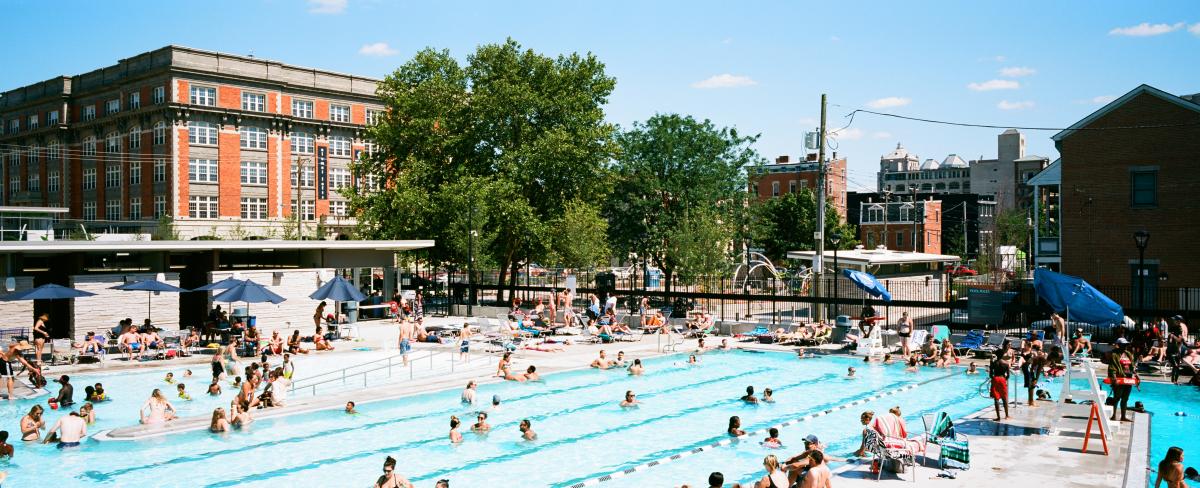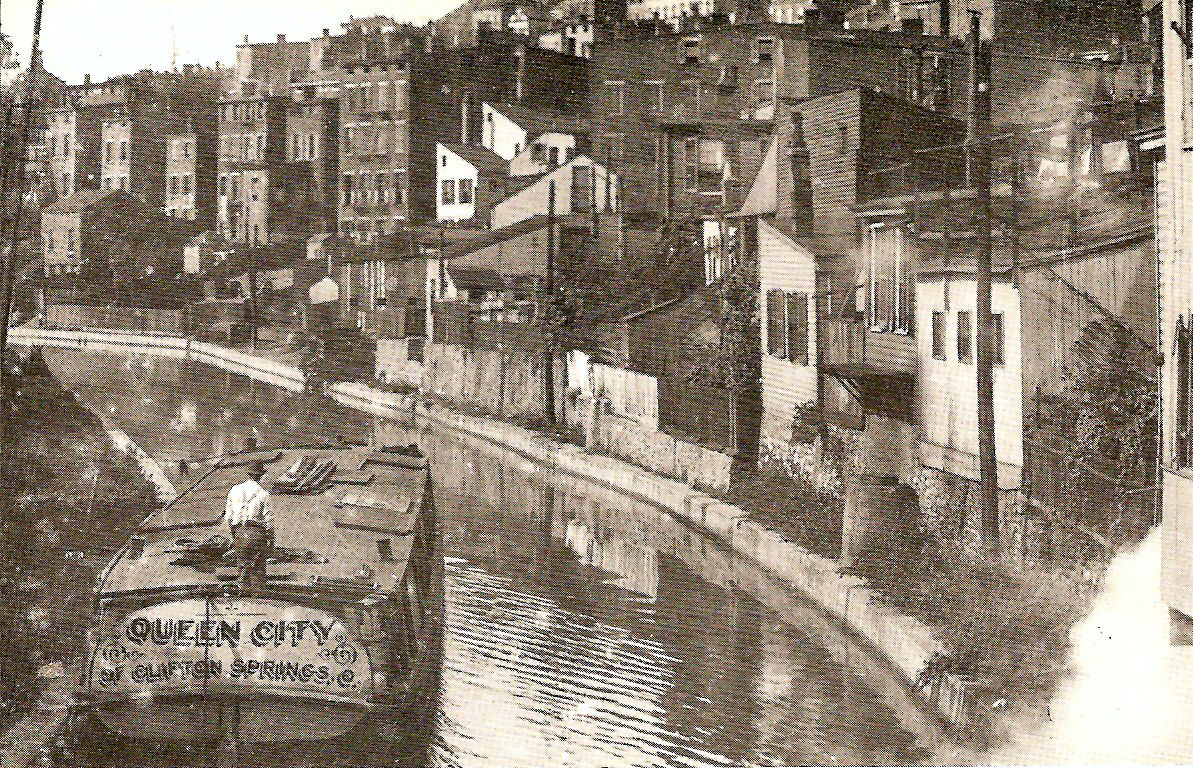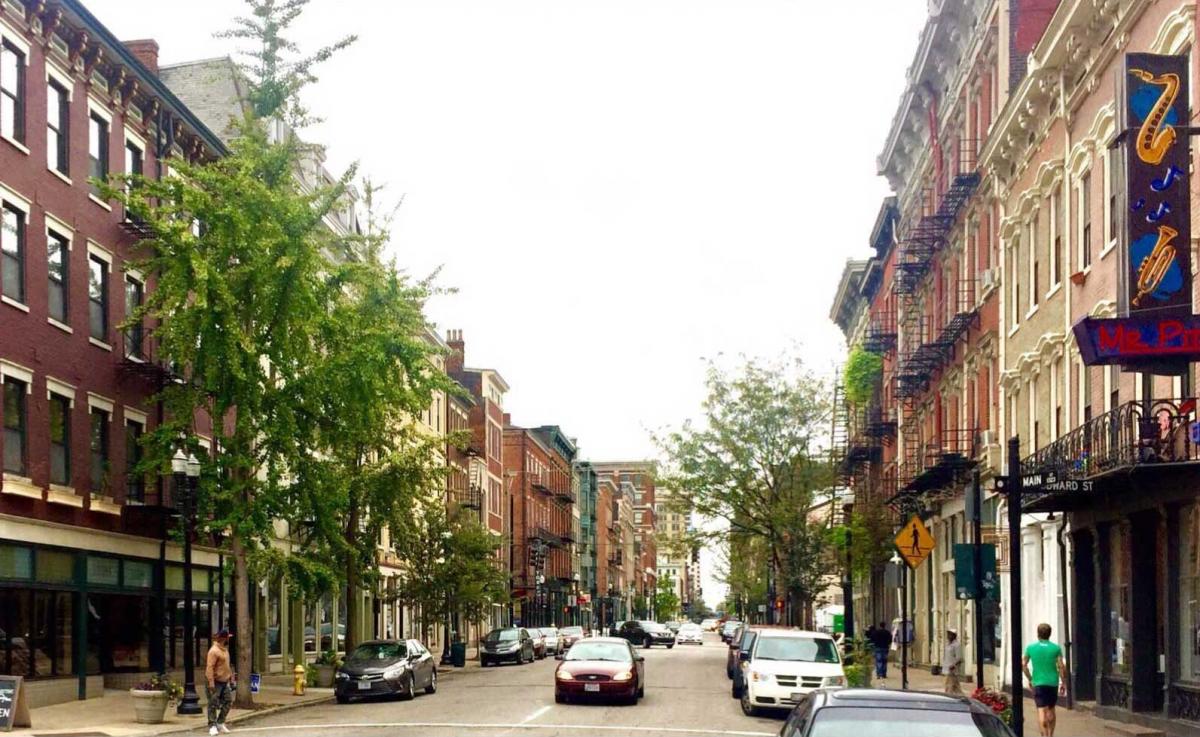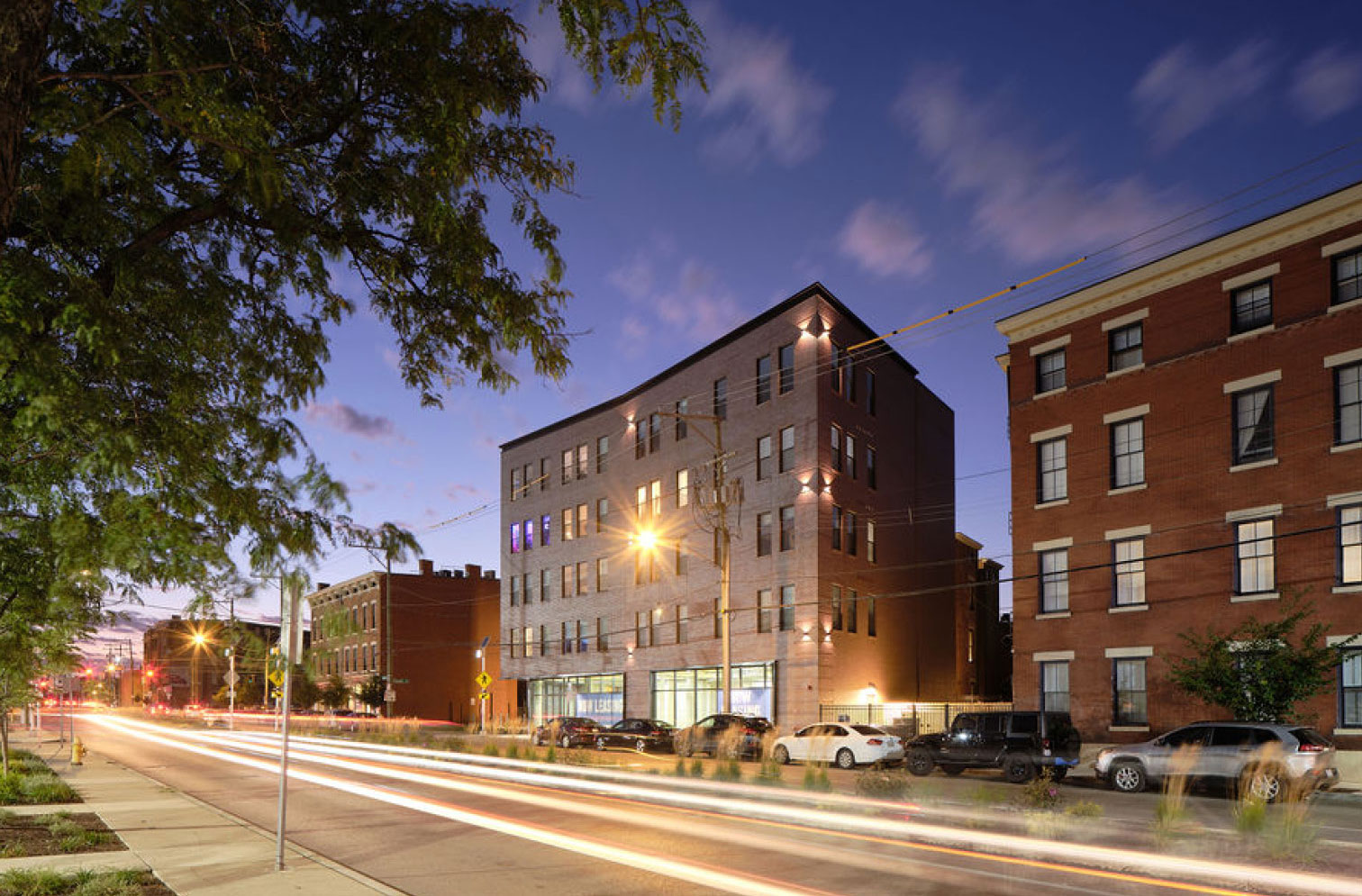
Restorative Urbanism in Over-the-Rhine
In 2001, the fatal shooting by Cincinnati Police of an unarmed black teen, Timothy Thomas, who was running to evade arrest in a dark back alley in Over-the-Rhine, was the latest of many instances of misconduct that brought about civil unrest, protests at City Hall, a national boycott, and reputational damage to the city.
It spawned a moment of reflection that reoriented city leadership, both political and corporate, to focus on what to do with the seemingly troublesome neighborhood next to the city’s central business district which is home to many Fortune 1000 corporate headquarters. That focus led to the development of a plan, the Center City Plan, and the creation of the Center City Development Corporation, commonly referred to as 3CDC.
Since then, 3CDC has invested over $1.7 billion into the urban core, with most of that going to Over-the-Rhine. Starting at the intersection of 12th and Vine Streets, the transformation of the neighborhood, especially south of Liberty Street (the dividing street between the Northern Liberties/Brewery District and the southern part of the neighborhood) has seen over 200 buildings restored and 49 new buildings constructed.
Both Washington Park and Zeigler Park were renovated, and almost 6,000 off-street parking spaces were added through the construction of various parking garages throughout the neighborhood. This investment spurred the creation of over 2,000 residential units and the reactivation of tens of thousands of square feet of ground-level commercial spaces in many buildings that had sat vacant for decades or more.

The longer version
That was the short version of the story. Many articles tout the neighborhood’s turn-around—and it is indeed well worth experiencing—but there is a deeper history than just the “Germans lived here and made beer, then it was a slum, and now its gentrified!” rhetoric that permeates the social media discourse (even though those sentiments are valid as well).
Over-the-Rhine was developed by (at the time) much-disparaged German immigrants coming to Cincinnati in the early and middle 19th Century. Those Germans built what would become one of the country’s foremost collections of Italianate architecture. The Miami-Erie Canal, the waterway that separated the neighborhood from downtown, was referred to as “the Rhine” as a slight to the immigrants who lived there. A century later, the neighborhood would transition to become home to significant numbers of Appalachians. This population endured until the complete destruction of the nearby lower West End (by way of highway construction and urban renewal in the 1950s and 1960s) which ushered in another change of population. The predominantly black population of the lower West End neighborhood dispersed to Over-the-Rhine and elsewhere.

The short story also ignores the struggles of the neighborhood in the 1970s when activist Buddy Gray, believing Over-the-Rhine should be a permanent enclave for the homeless and poor, staged protests and sit-ins to prevent the city from adopting a historic district for the neighborhood. This struggle is well documented in Zane Miller and Bruce Tucker’s Changing Plans for America’s Inner Cities: Cincinnati’s Over-the-Rhine and Twentieth Century Urbanism.
Even then, the 1990s were a period of intense innovation in parts of the neighborhood. A burgeoning tech scene began to propagate on Main Street through the Digital Rhine. Locally-owned breweries, bars, and coffee shops such as Kaldi’s, Neon’s, Jefferson Hall, and Barrelhouse emerged as small outposts for a new crowd. Small-scale developers would rehabilitate what housing and storefronts they could as preservationists, and the Over-the-Rhine Foundation fought to preserve the neighborhood’s buildings from demolition.
However, after the 2001 police shooting and subsequent civil unrest, those small signs of life were undermined In 2006 the National Trust for Historic Preservation named Over-the-Rhine as one of the nation’s Eleven Most Endangered Places. By 2009 the neighborhood was being called one of the most dangerous in the country—and again in 2010. By that time, the neighborhood—which was home to over 40,000 people in 1900—housed a paltry 6,000 residents.
The Renaissance
Despite these obstacles, 3CDC entered its second phase of redevelopment by 2009 and individual, private developers continued rehabilitating OTR one building at a time. Eventually, perceptions began to change as more restaurants, bars, and residents inhabited the increasing stock of rehabilitated German Italianates.

That success, though, came with unfortunate consequences. By the late 2010s, gentrification, once an unimaginable prospect, had become a growing concern for the neighborhood. It saw an increasing number of restaurants with curated concepts and refined veneer. New retailers catered to a more affluent clientele. Condos were priced at the top of the market. Rents became unaffordable to anyone who grew up in the neighborhood in generations prior. What was once seen as a “rising tide lifts all boats” scenario was beginning to look like the next tidal wave of displacement for existing residents.
To stem that tide, community-based housing developers such as OTR Community Housing (a merger of Buddy Gray’s ReStoc and OTR Housing Network) continued to focus on rehabilitating and maintaining a subsidized affordable housing portfolio in the neighborhood—now over 400 units.
3CDC is not without a role in this effort. They are helping the city enact its Homeless to Homes plan by working with various community shelter houses on expanding and relocating out of the Over-the-Rhine neighborhood. They have also built a substantial number of new affordable living spaces including the CNU Charter Award-winning Willkommen project which added 163 new units in 16 rehabilitated historic buildings and four new buildings. One-third of the units are geared towards those at 50-60 percent of the region’s Area Median Income (AMI). 3CDC has also partnered with OTR Community Housing to bring new housing online, some of which are for households at 30 percent AMI.

3CDC has partnered with the minority focused business incubator, MORTAR, to begin growing an ecosystem of black-owned businesses that could locate in and around the neighborhood. Additionally, they have focused their retail leasing strategy on recruiting black-owned retailers, restauranteurs, and bar operators. Storefront businesses such as Soul Secrets, OTR Cinema and Nostalgia Wine and Jazz are a few of the new retailers added to the neighborhood in the past few years.
What does restorative urbanism mean for Over-the-Rhine?
The concept of “restorative” can mean many things. In context, it’s easy to think that it is about going back to some other time—perhaps to the moment of origination. That is impossible.
Instead, restorative urbanism should be thought of as a concept about rebuilding community bonds through the ideas of urbanism. In essence that is what New Urbanism is about: building people-focused places that enhance community (among many other things). Restorative urbanism is complex, nuanced, and collaborative. It is the story of Over-the-Rhine and many other places that wish to retrieve some of the wealth and people who have gone away. It is the story of how a community evolves and how it can grow again.
It is also a set of questions centering on how communities can make better places and amenities, which are inherently attractive, without triggering waves of displacement. It asks how the old and the new urbanism can work inclusively and intentionally towards a path for the future: How restorative urbanism can mix affordability, entrepreneurship, investment, place-making, and the search for talent. Of course, having a boatload of money helps!
We hope the story of Over-the-Rhine can help inspire new urbanists to look at the complex issues facing neighborhood evolution with fresh eyes.
Come and see for yourself in May at CNU 32 here, in Cincinnati, Ohio.




